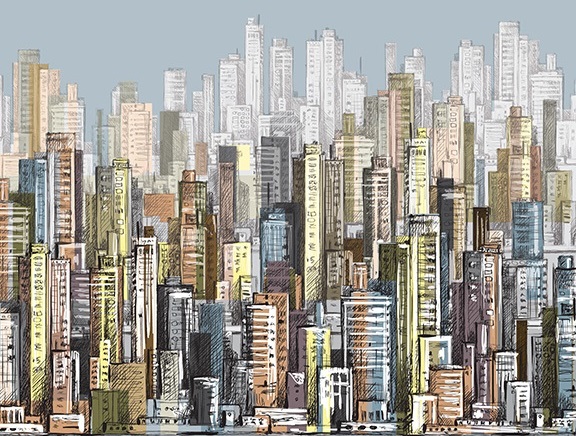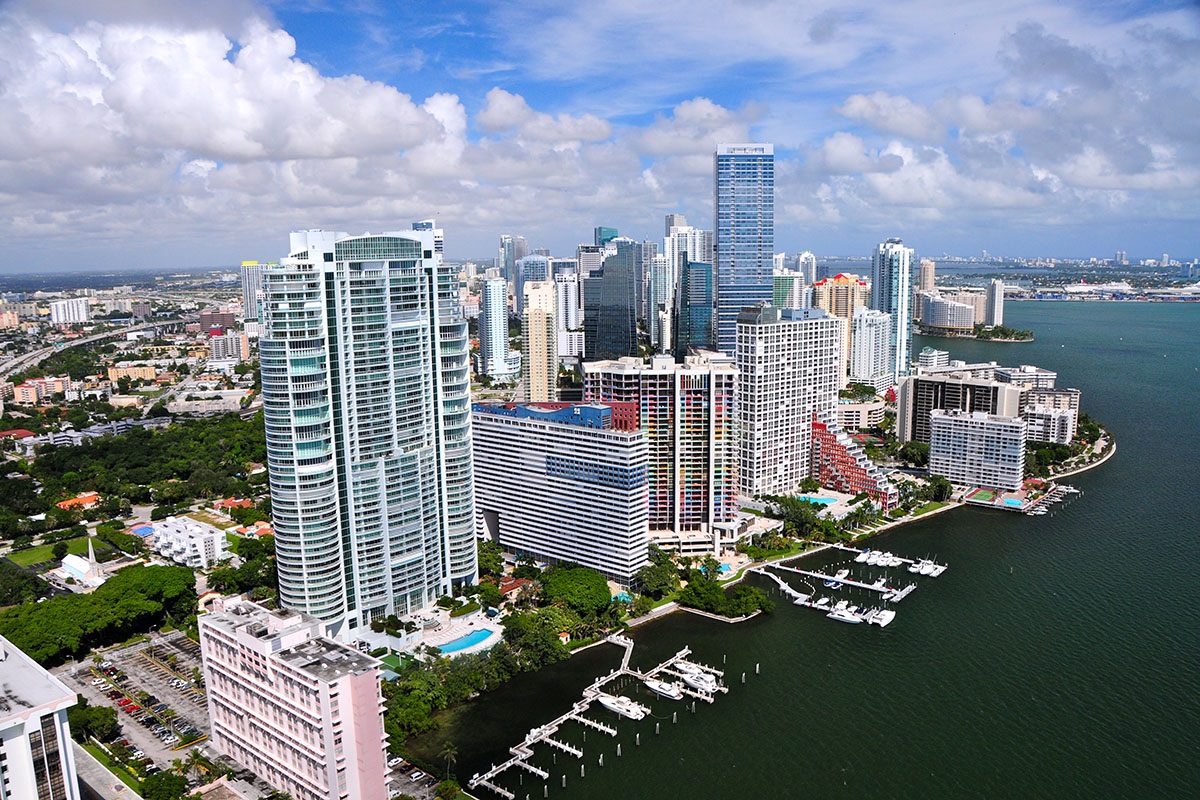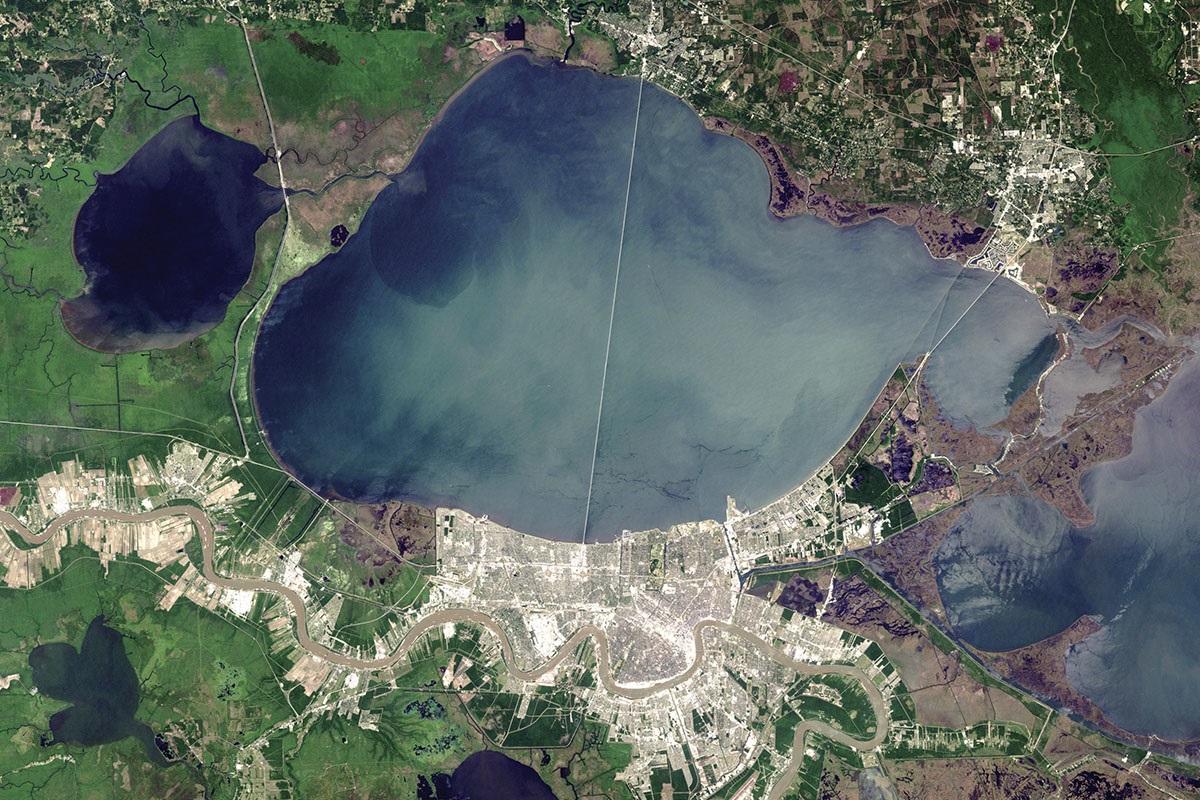As the world’s population and per capita income have grown, the global concentration of carbon dioxide has increased. For more than half a century, a nearly linear time trend in atmospheric carbon dioxide concentrations has been observed.
Given that the planet’s population and per capita incomes will continue to grow, greenhouse gas emissions will keep rising. And in a world with more cars each day and ever-greater demand for electricity, the only way greenhouse gas emissions will decline is if the world shifts to wind, solar, hydro, or nuclear energy and if electric vehicles replace fossil-fuel powered ones. Given current technologies and incentives, however, the transition to the “green economy” will not be quick, and carbon emissions will thus continue to rise.
At the same time that we face engineering and logistical constraints in transitioning to a greener economy, there are also interest groups, such as fossil fuel companies and coal miners, with major stakes in the status-quo energy supply. In both China and West Virginia today, many workers in the steel and coal sectors recognize that they would lose their jobs if their industries were to shrink. The consequence is that these workers use their political clout to lobby their local officials to pursue protective legislation aimed at keeping their sectors alive. Environmentalists who lament increasing emissions have not offered such workers any sort of compensation in exchange for their political support for a transition to the green economy—in other words, they have failed to find ways to compensate those who would lose out in a widespread energy transition. Instead, implicit in regulations such as President Obama’s Clean Power Plan is a type of takings such that many low-skill workers will lose their jobs.
A carbon mitigation optimist would point to the recent ratification of the 2015 Paris climate accord as an example of nations around the world working together to tackle the global “tragedy of the commons” problem of climate change. While I wish this claim were true, I reject it. Each nation has only weak incentives to enforce its Paris promises. Many countries such as India set only carbon intensity targets (emissions per unit of output) rather than hard caps on emissions. And the treaty lacks an explicit punishment or incentive mechanism to reward “good behavior.” In the absence of such incentives, greenhouse gas emissions will continue to rise, with the developing world producing an ever-larger share. On top of that, climate mitigation policy appears even less likely now that Republicans control both Congress and the White House, making adaptation even more important.
The Adaptation Challenge
The New York Times and other media outlets regularly highlight the emerging consequences of climate change. In one extreme example, Rolling Stone magazine published a high-profile, front-page story titled “Goodbye Miami” predicting the submersion of South Beach by the middle of this century. Such “doom and gloom” stories help galvanize progressive support for introducing costly legislation such as a carbon tax, which would raise the price of gasoline and electricity.
Much of the media appears to believe that Americans are complacent and ignorant about the risks that we have collectively unleashed, and they evidently are trying to use climate shocks to “wake up” American voters and encourage them to take costly action against climate change. In past work, I have documented how this strategy might succeed, by demonstrating how disasters can be risk-regulation catalysts.
Against this backdrop of pessimism, however, I offer a counter-narrative: As a University of Chicago trained economist and a firm adherent to Julian Simon’s optimism about human ingenuity, I have argued that free market capitalism will help us to adapt to the new challenges we have unleashed. Starting with my 2010 book, Climatopolis: How Our Cities Will Thrive in the Hotter Future, I have explored how urbanites and their cities will cope with climate change. Our urbanized economies have the right mix of competition, incentives for innovation, and freedom of choice to help us both individually and collectively adapt to new conditions. And as I will explain below, climate change adaptation offers the ultimate test of the predictions made by the nascent field of behavioral economics, which often models humans as irrational or shortsighted.
Much of the media appears to believe that Americans are complacent and ignorant about climate risks. Against this backdrop of pessimism, I offer a counter-narrative: Free market capitalism will help us adapt to the new challenges we have unleashed.
Imagine a nation that has hundreds of cities spread across a large geographic area. This spatial variation creates a type of portfolio problem. Cities differ with respect to their natural beauty, climate conditions, and risks they face, including natural disasters, extreme heat, and sea-level rise. But suppose that people can costlessly move among these cities. Economic theory suggests that real estate prices and wages will adjust across cities such that places that are less productive will feature low wages and low rents while those that are beautiful will feature low wages and high rents. Note that some people will choose to live in certain cities because their rents will be quite low, which will increase their purchasing power and allow them to afford more leisure or market goods.
Now suppose that a coastal city such as Miami faces rising sea levels due to climate change. As the city’s quality of life declines, basic supply and demand logic predicts that both local housing demand and local labor supply will decline as people move elsewhere. As Miami’s real estate prices decline and local wages rise, homeowners will lose out as their assets become less valuable, and local firms will see their profits decline because their labor bills have increased. These economic actors represent interest groups with strong incentives to seek sensible climate adaptation solutions because they will suffer large income losses if the harm to Miami’s quality of life is not remediated.
Many environmentalists view people as passive victims in the face of climate change, but I reject this view. Forward-looking, risk-averse economic actors have strong incentives to take protective actions to reduce their losses in the face of climate shocks. The only decision makers who will not take protective actions against changing circumstances are those who “do not know that they do not know.” But when it comes to “known unknowns,” as Donald Rumsfeld famously described them, economic actors who know that they do not know what climate change will do to assets such as coastal real estate have strong incentives to take defensive actions. In this age of smartphones and easy access to information, who can claim that they are ignorant of emerging climatic risks? If such “climate skeptics” truly do reject the stream of news, then a new market for trusted information providers will emerge.
Insurance companies and for-profit firms also have strong incentives to be the “adult in the room” in the debate over climate change. Real estate will become much less valuable if insurance rates rise or if there are no local jobs for people. If objective local risks to real estate rise, then insurance companies will raise premiums and only offer discounts to those who take preventative actions, such as investing in stilts for homes near coastlines. This would encourage all policy owners to take actions regardless of their personal beliefs. For-profit publicly held firms must face their shareholders, so they will take prudent actions of avoiding increasingly risky areas. If such areas start to lose employment, then all local real estate owners will take note because the value of their properties will decline.
For those who choose to live in risky areas, such as coastal Miami, they will have increased adaptation options. In my recent work, I have discussed the “economics of Legos” as one example of an adaptation strategy. Recall that the children’s building blocks can be assembled and disassembled with ease. If we have a modular real estate capital stock that—at a cost—can be moved, then we would not lose our entire capital if sea-level rise reclaims coastal land. Each generation of young people choose to invest their time in building up human capital in specific skills. If our cities now face new risks, then some of them will choose to become architects with expertise in building more resilient structures.
Today, coastal cities feature large quantities of stuck capital. If we build a new capital stock in the future that incorporates planned obsolescence as a feature (perhaps built for 20 years, not 80 years) and includes flexible options for retrofits with stilts or anti-flooding infrastructure, then we will be better protected against the challenges presented by rising oceans.
If Miami does suffer sea-level rise and its real estate investors are unable to defend against it, then its population will move elsewhere. Other areas will gain as we surrender some land to the ocean. But most environmentalists ignore such decentralized and uncoordinated economy-wide responses. In fact, environmentalists’ well-meaning land use policies actually inhibit such migration. An emerging literature in urban economics, for instance, has argued that zoning regulation causes high home prices. To adapt to climate change, we need to identify higher ground and then allow for high-rise buildings to be built there. To provide one extreme example, if half of Montana was built up to Hong Kong’s density, then 1.5 billion people could live there.
Cities compete against each other for jobs and people. And as demonstrated by Detroit in the 20th century, a city that booms can later decline. San Francisco has boomed over the last few decades. In this footloose age, cities with great quality of life attract and retain skilled workers, and cities with more human capital are more likely to grow. In this sense, competition for skilled workers provides cities and their landowners with strong incentives to address the climate change challenge. Demand for solutions will encourage entrepreneurs to dream up new products ranging from more energy-efficient air conditioners to more flood-proof real estate designs that can protect urban residents at risk. The next generation of entrepreneurs will be focusing on such climate change adaptation products, and in a world where billions of people face these challenges, there is a huge market—and enormous payoff—for those who succeed.
What My Critics Miss
My work has been criticized for several reasons (just type “Joe Romm” and “Climatopolis” into Google to see this), but the major reason I have faced pushback is due to the “lulling hypothesis.” If distracted suburbanites and everyday working families believe that we can adapt to the challenge of climate change, then this reduces their willingness to accept costly carbon mitigation policies today. Progressive intellectuals worry that climate mitigation will not be a focal issue if people believe that we can adapt.
Within the environmental economics community, my friendly critics have also argued that many people face significant migration costs because they have built up their social networks in large coastal cities like New York and Los Angeles. These scholars are implicitly arguing that most people are less mobile than the migration model I described above. This group of scholars often also embraces the elitist behavioral economics vision that most Americans continue to be blissfully ignorant of the risks they face. Many reject the rational expectations vision of individuals as forecasters who use all available information today and are aware of the “known unknowns” associated with climate change. If these scholars are correct that individuals are both ignorant and immobile, then many top-down, paternalistic policies such as using federal funds to finance local sea walls become potentially rational investments.
Adaptation pessimists also argue that we have placed our most productive centers of excellence in harm’s way—think Manhattan’s Wall Street—and thus there will be huge productivity losses associated with climate change. These critics, however, fail to appreciate a key concept in economics: opportunity costs.
The concept of opportunity costs essentially asks the following question: If you weren’t reading this article now, what would be the next-best use of your time? In a similar fashion, for those who choose to live in the below-sea-level part of New Orleans, what would be their second-favorite affordable location if they had to leave? How much would they suffer from moving? More economic research is needed on these topics.
The next generation of entrepreneurs will be focusing on climate change adaptation products, and in a world where billions of people face these challenges, there is a huge market—and enormous payoff—for those who succeed.
The United States has a rich menu of cities to choose from, and even within cities such as New Orleans there are many neighborhoods to choose from. If older residents could move to “higher ground” within the city—either literally or figuratively, as with areas protected behind levees—then they could be safe and retain their social networks. And a critic who says that they can’t afford the new neighborhood must first address the government-created housing supply limits, including zoning regulations that inhibit new construction and raise real estate prices for poor renters.
Furthermore, while the elderly do face high migration costs, there is always a new generation of young people who haven’t planted roots yet. As new risks emerge, they have strong incentives to make wise choices of where to live. They will look to places that appear to be more robust in the face of climate change’s shocks. In this sense, climate change will shake up the rankings of U.S. cities, and people will choose the best match for them.
I reject the notion that the New York metropolitan area would become unproductive if Wall Street was submerged. As sea levels rise, major firms such as Goldman Sachs would move to Connecticut or Westchester. Other firms would follow suit, and a new “Wall Street” would emerge. This would be a zero-sum game for the region, as capital assets would be lost. But these buildings do not last forever, and the new construction would create construction jobs elsewhere.
As I discussed in Climatopolis, federal and local policies are currently impeding climate change adaptation. To take one example, subsidies from the Federal Emergency Management Agency for living in flood zones creates spatial moral hazard as more economic activity moves to such areas. Policies that do not allow insurance, electricity, or water prices to reflect scarcity inhibit conservation and innovation. If prices actually reflected scarcity, then entrepreneurs would face the proper signals about where to devote their innovation efforts.
My Climatopolis work mainly focused on the United States, but the future of urbanization is in the developing world. The challenge of climate change adaptation will be more difficult for nations with less land area because international migration is becoming increasingly restricted. PERC’s work on property rights will be especially valuable here. Economists such as Ted Miguel of UC Berkeley have argued that drought and heat waves brought about by climate change will increase the risk of civil war in the developing world. But there’s an alternative view:
The risk of this threat will increase investments in property rights and rule of law because of heightened awareness that violence could break out. If there is a fixed cost to establishing rule of law, then this cost will only be incurred if the benefits of rule of law exceed their cost. If climate change raises the benefits of rule of law, then it follows that societies will push to have stronger institutions that permit freedom of trade and commerce.






